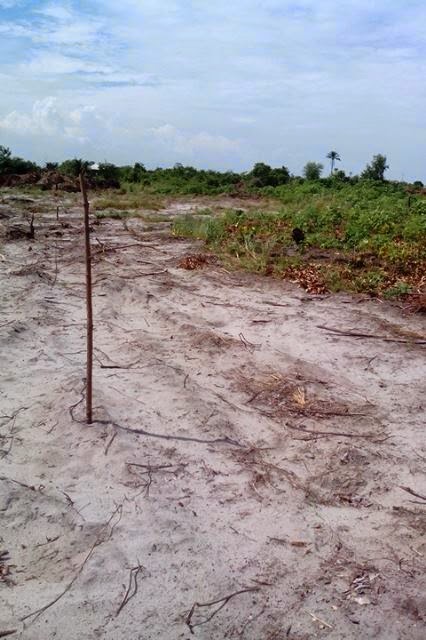Bank of England: half a million housebuyers face mortgage arrears
The Bank of England has warned half a million families would
be at risk of falling into mortgage arrears once it started to raise
interest rates from their emergency level of 0.5%.
Threadneedle Street said the number of households running
into difficulties would increase by a third to 480,000 in the event of a
two-percentage-point increase in the cost of borrowing.
The Bank stressed the proportion of borrowers having trouble
paying their home loans should remain well below the levels of the
early 1990s – when Britain suffered its worst postwar property crash –
provided incomes rose alongside interest rates.
“Higher interest rates will increase financial pressure on
households with high levels of debt,” the Bank said in its Quarterly
Bulletin. “The percentage of households with high debt-servicing ratios,
who would be most at risk of financial distress, is not expected to
exceed previous peaks given the likely paths of interest rates and
income.
“But developments in incomes for the households who are
potentially most vulnerable will be an important determinant of the
extent to which financial distress does increase.”
The findings were based on a survey for
the Bank conducted by NMG consulting. It found that the average
outstanding mortgage debt was £83,000 per household, with average
household income of £33,000 a year (£43,000 for those with a mortgage)
and unsecured debt £8,000.
Interest rates have been pegged at 0.5% – the lowest in the
Bank’s 320-year history – since March 2009 and cheap borrowing costs
have made it easier for households with large home loans to keep up
payments on their mortgages.
The Bank has used its forward guidance policy to stress that
interest rate rises, when they come, will be gradual and limited in
size. Financial markets do not anticipate the first rise to come before
the second half of 2015 but the Bank is exploring the impact of tighter
policy on households where more than 40% of income is spent on mortgage
repayments, since these housebuyers are most likely to fall into
arrears.
“Assuming a 10% increase in income for all households, a
two-percentage-point rise in mortgage interest rates would likely raise
the proportion of mortgagors with a debt service ratio (DSR) of at least
40% from its current level of 4% to about 6%.
“The number of UK households in this vulnerable category
would increase from about 360,000 to 480,000.But the impact would be
more severe in a second, less likely, scenario where there was assumed
to be no increases in incomes.”
Wages have been under pressure in recent years, but the Bank
is assuming that the economic recovery of the past two years will
create the conditions for rising incomes and higher interest rates.
“These experiments illustrate that, unsurprisingly, the
outlook for household income is a key factor that will determine the
vulnerability of households to a rise in interest rates. There is a risk
that the most vulnerable households will experience lower-than-average
income growth as rates rise.”
The Bank said official data showed that the ratio of household debt to income had fallen back from its peak in early 2009.
The debt-to-income ratio held steady at about 80% during the
1990s, rose steadily in the 2000s to peak at just over 130% and has
since dropped to just over 110%.
“As usual, raising interest rates will have significant
distributional consequences,” the article in the Quarterly Bulletin
said.
“It will make borrowers worse off and savers better off,
holding other factors constant. On average, younger households, who are
more likely to be borrowers, will be worse off, while older households,
who are more likely to be savers, will gain.
Source: The Guardian(UK.)

Comments
Post a Comment